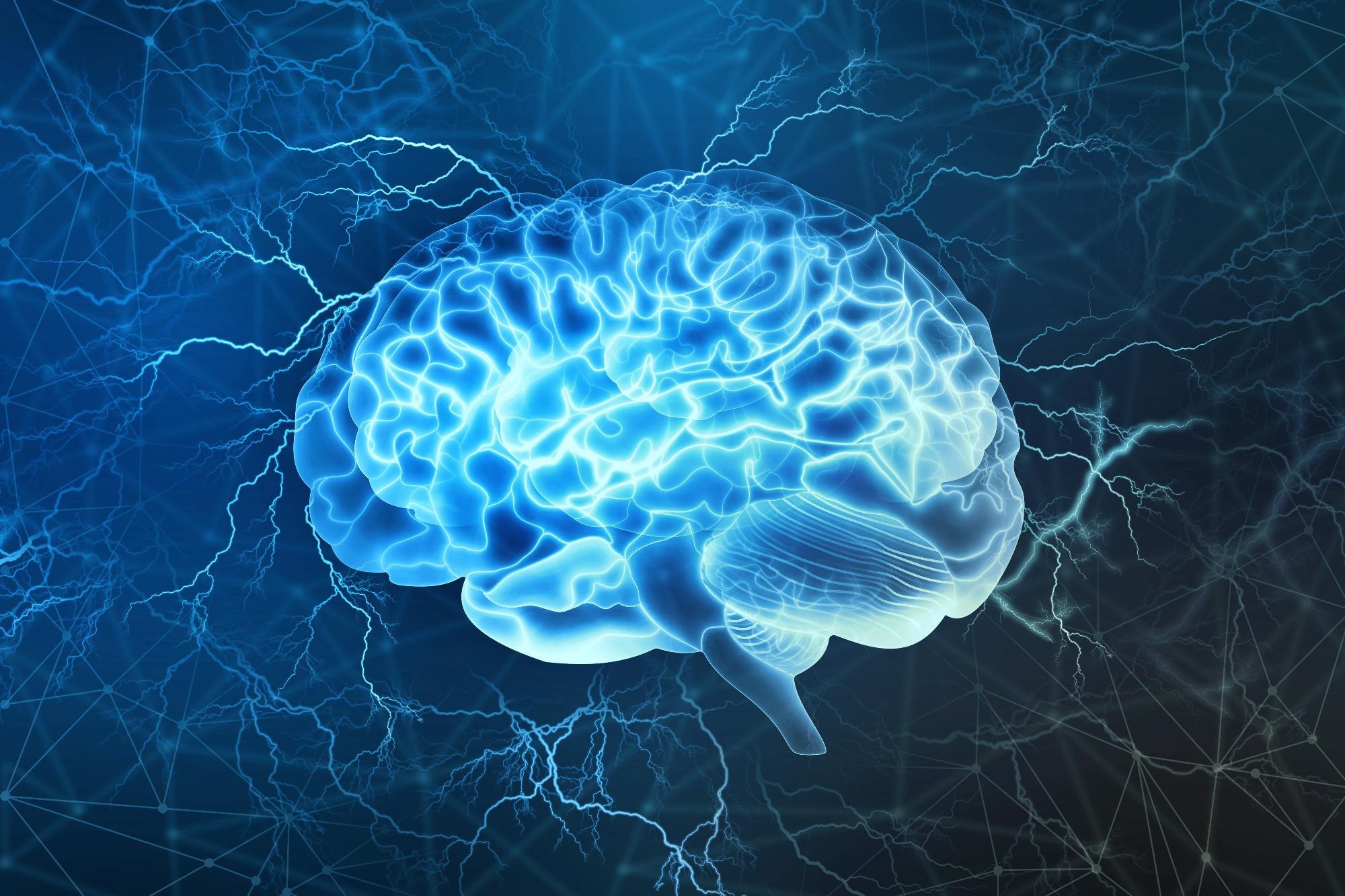
Image Credit: Shutterstock/ YurchankaSiarhei
This finding might aid in the understanding of ASD’s etiology and the development of individualized therapies.
The researchers analyzed magnetic resonance imaging data from over 1,000 people with ASD and compared those to AI-generated models of what their brains might look like if they did not have the disorder.
We found that different people with ASD can have different brain areas affected, and thanks to the AI-simulated brains, we were able to identify which specific brain regions vary among ASD individuals.
Aidas Aglinskas, Report Co-author and Postdoctoral Researcher, Boston College
Aglinskas added, “In addition, separating ASD-related variation in brain anatomy from unrelated variation revealed hidden relationships between individual differences in brain anatomy and symptoms.”
Autism manifests itself differently in each person, both in terms of symptoms and neuroanatomy. Previous research suggests that there may not be a set of neuroanatomical indicators shared by all people with ASD.
It has been tough to confirm those claims since pinpointing ASD-specific brain abnormalities is tricky, according to Aglinskas. Many variables influence brain differences, including genetic variance unrelated to ASD, which is difficult to account for in a scientific study.
Aglinskas, who conducted the research with Boston College Assistant Professors of Neuroscience Joshua Hartshorne and Stefano Anzellotti, stated that the team broke through that barrier by using AI to identify patterns of neural variability that are ASD-specific, which then allowed the team to identify neural pathways specifically affected in ASD.
“ASD-related differences in brain anatomy can ‘hide’ among differences that are not related to ASD. As a consequence, it has been difficult to identify differences in brain anatomy that are related to differences in symptoms. We used AI to tease apart ASD-related differences from unrelated differences,” further stated Aglinskas.
The researchers wanted to see if ASD-specific brain structure varies between people in a way that related to their symptoms.
Previous research on individual differences in brain structure in people with ASD could not distinguish ASD-specific characteristics from other, unrelated individual differences in neuroanatomy, making it impossible to explore links between neuroanatomy and symptoms, according to Aglinskas.
Using MRI data from 1103 study participants, the scientists employed an analytical procedure comparable to “deep fakes,” which are fake pictures, videos, and images that are impossible to detect and made by utilizing visual data patterns involving the study participants.
The researchers utilized computer-detected patterns to develop a model of what each ASD person’s brain would look like if they did not have the disorder. The scientists revealed that this was made possible by a breakthrough AI method that divides individual variations in brain structure into ASD-specific and ASD-unrelated aspects.
“We were surprised to find that, despite observing a large amount of variation in brain anatomy between ASD individuals along multiple dimensions, individuals did not group into distinct, categorical subtypes as previously thought,” added Aglinskas.
He further stated, “At the level of brain anatomy, individual differences within ASD might be better captured by continuous dimensions than by categorical subtypes, but importantly this does not rule out the possibility that categorical subtypes might be found with other kinds of brain measurements, like functional imaging.”
The researchers believe that further study is needed to fully comprehend how these neuroanatomical distinctions impact behavior in the future.
The team hopes to utilize the AI technologies to examine beyond the brain structure for methods to better understand ASD diagnoses and the behavior of people with ASD, according to Anzellotti.
Two brains can be shaped very similarly but still work differently. There are a number of other aspects of the brain we will need to look at to get a full picture.
Stefano Anzellotti, Assistant Professor, Neuroscience, Boston College
Anzellotti concluded, “Right now, we are focused on functional connectivity—a measure of how the brain is ‘wired.’ A big question is whether that will show us something new about individual differences within ASD. The goal of this type of work is to be able to use brain imaging data to aid in developing personalized healthcare approaches for those with ASD.”
Journal Reference:
Aglinskas, A, et al. (2022) Contrastive machine learning reveals the structure of neuroanatomical variation within autism. Science. doi:10.1126/science.abm2461.